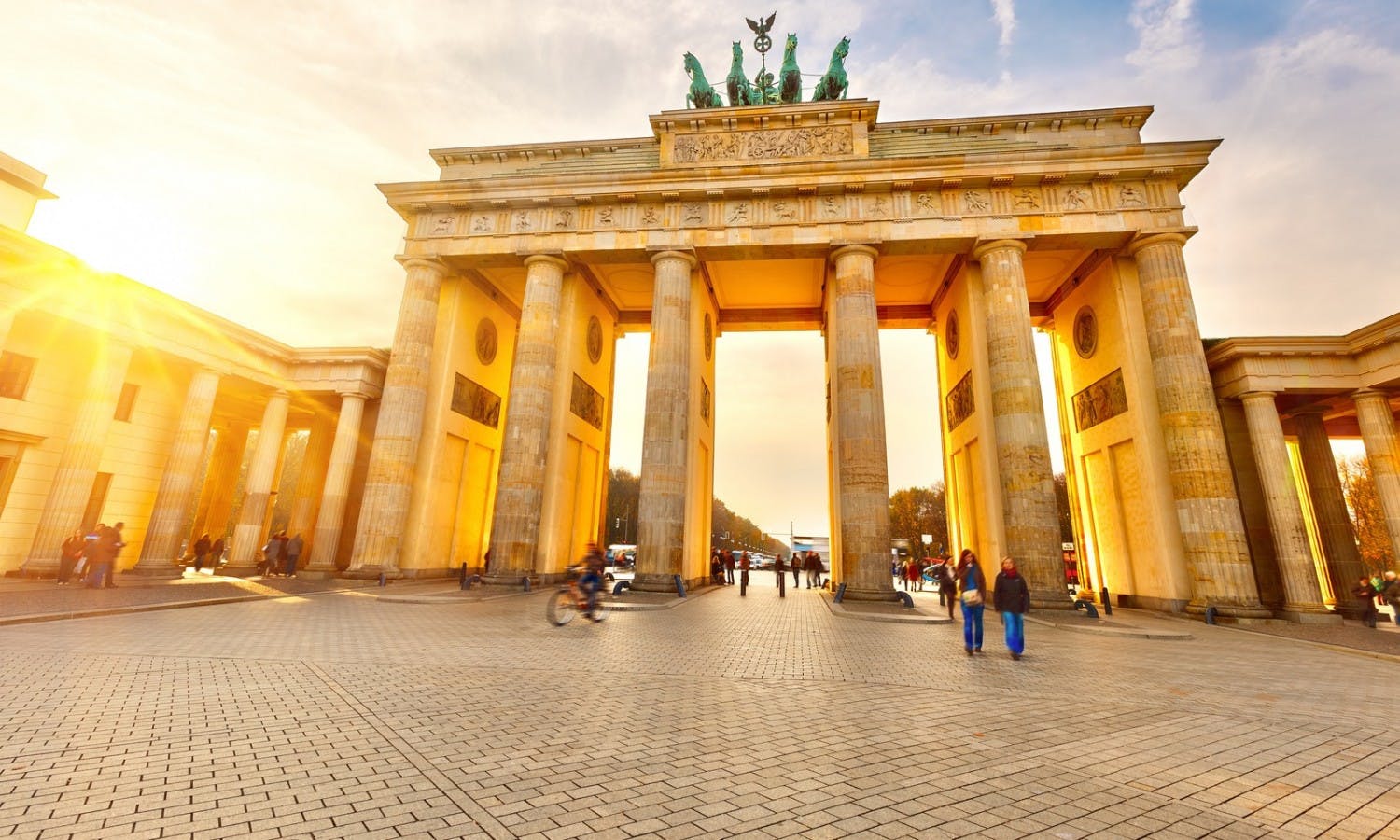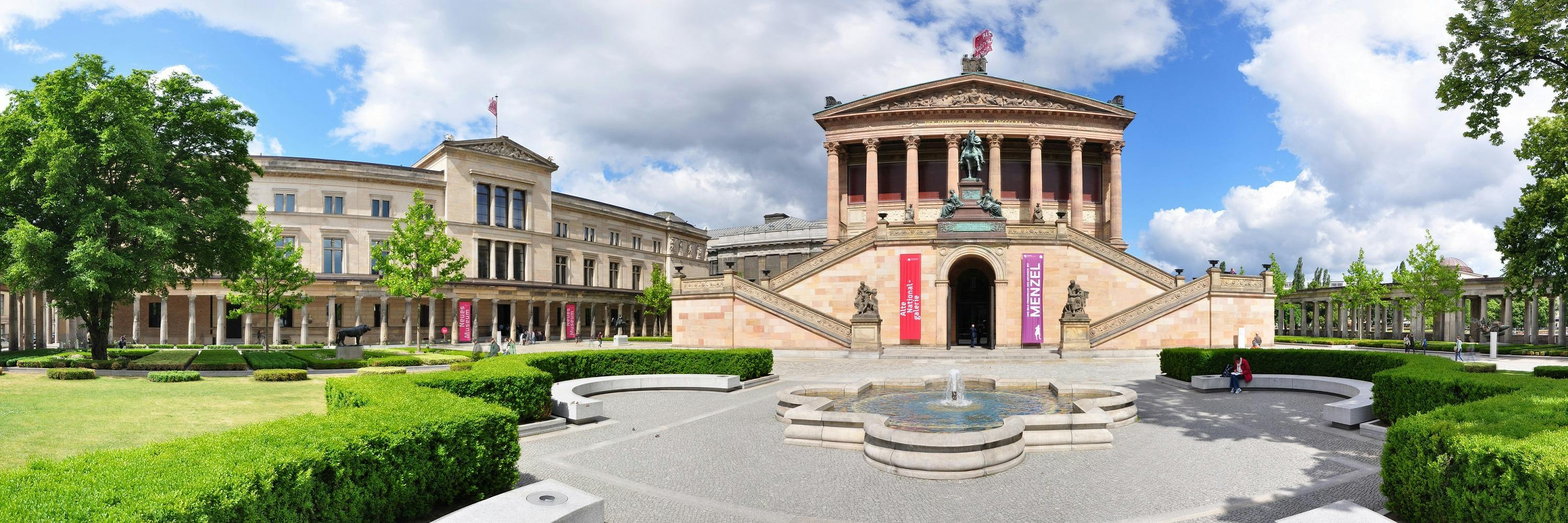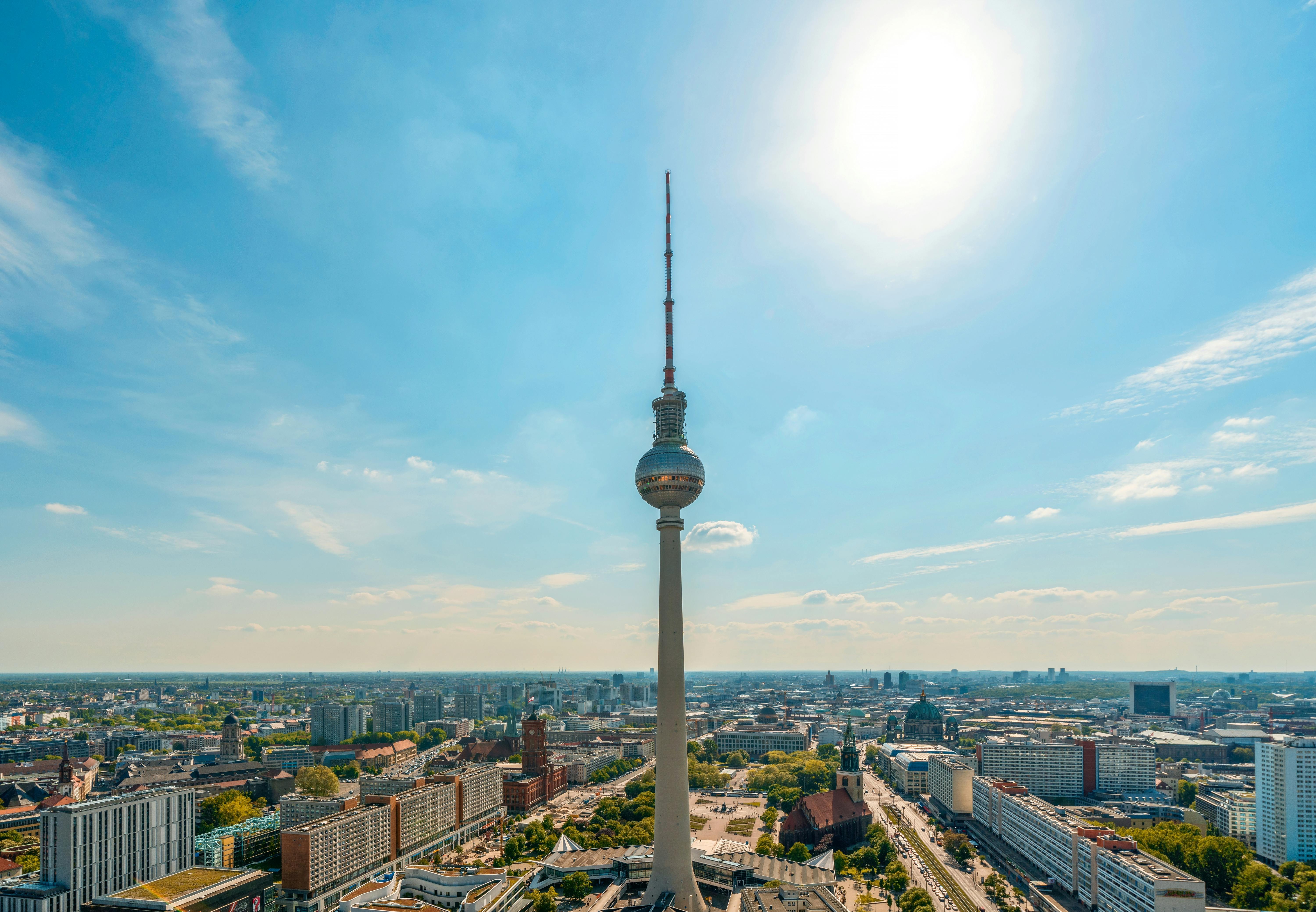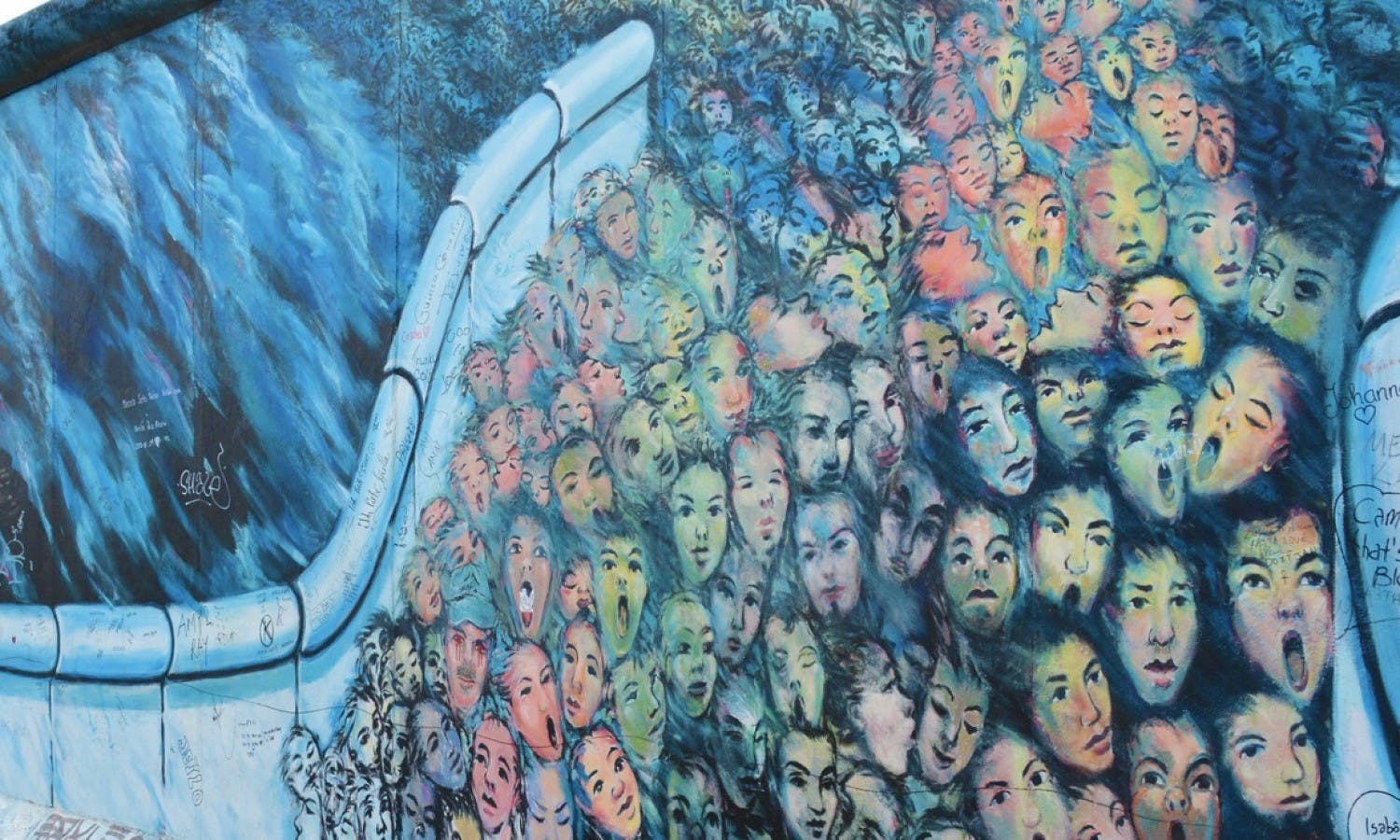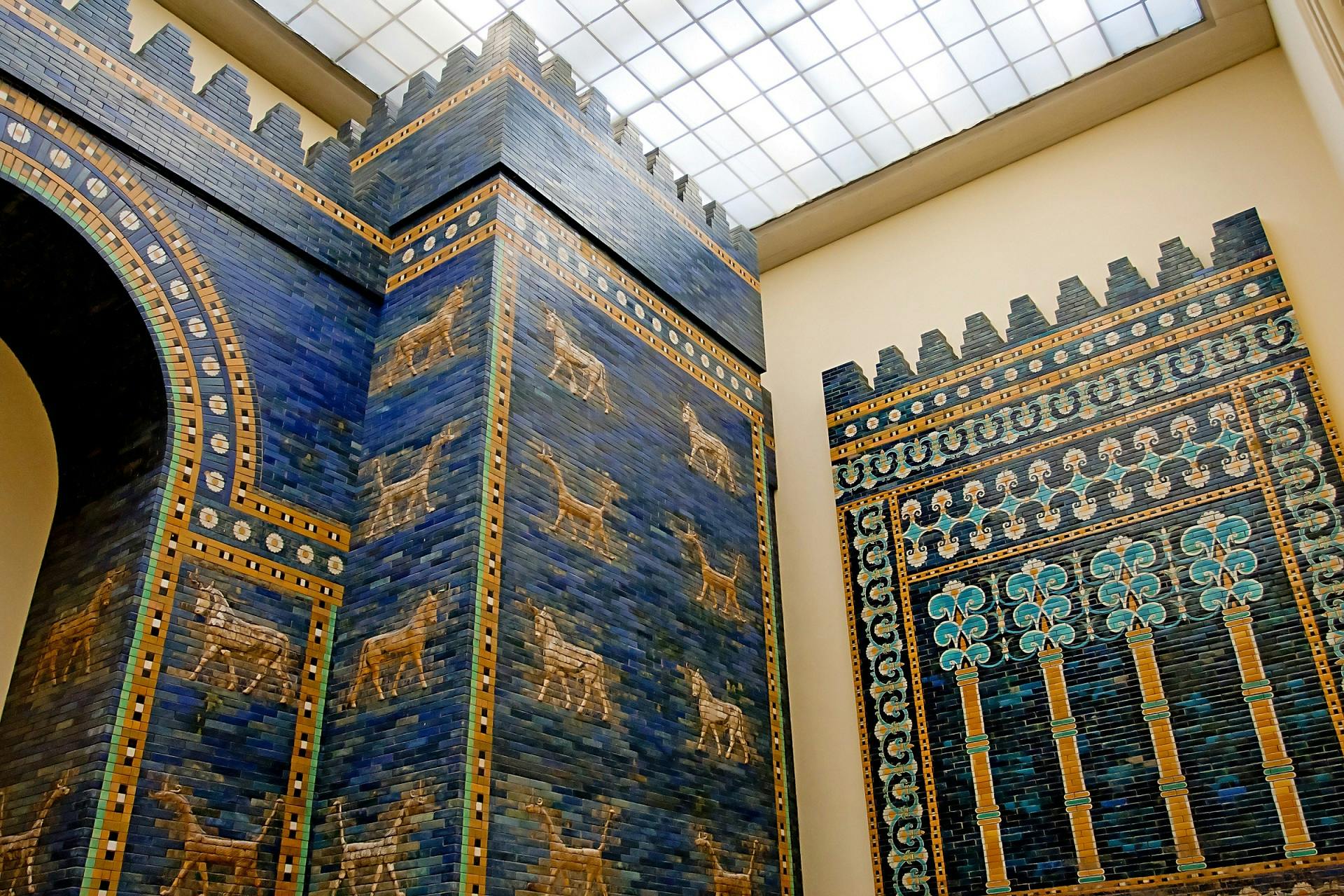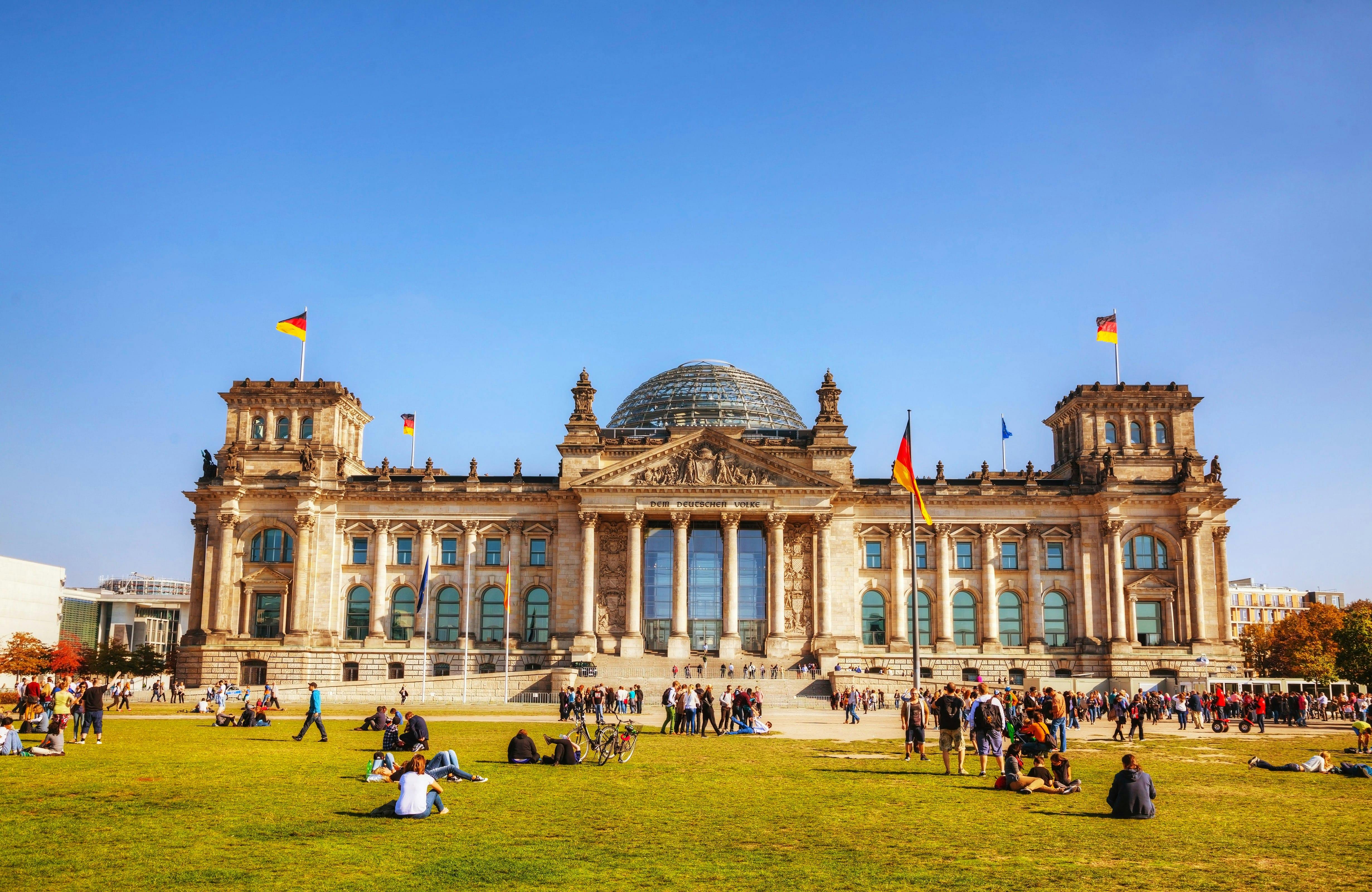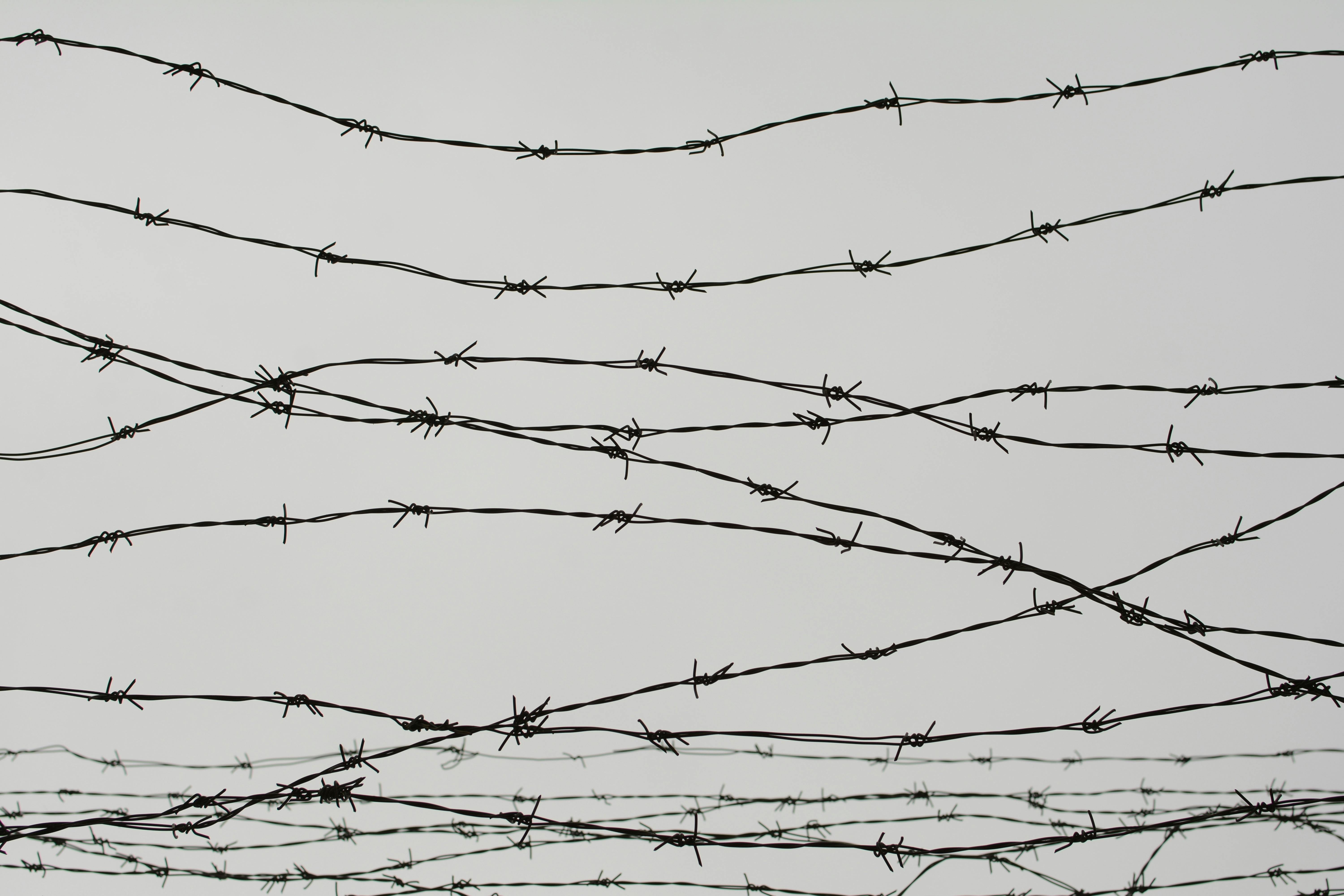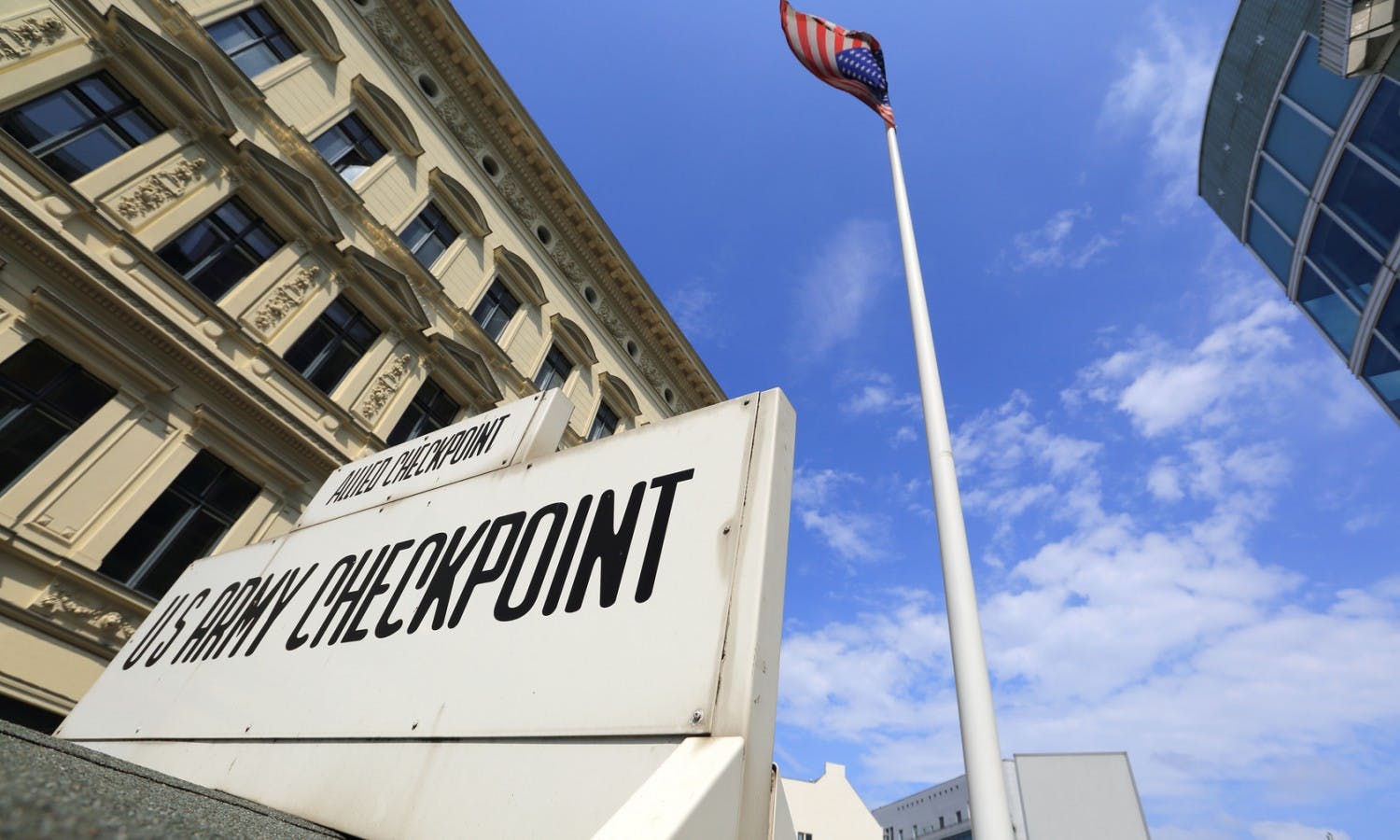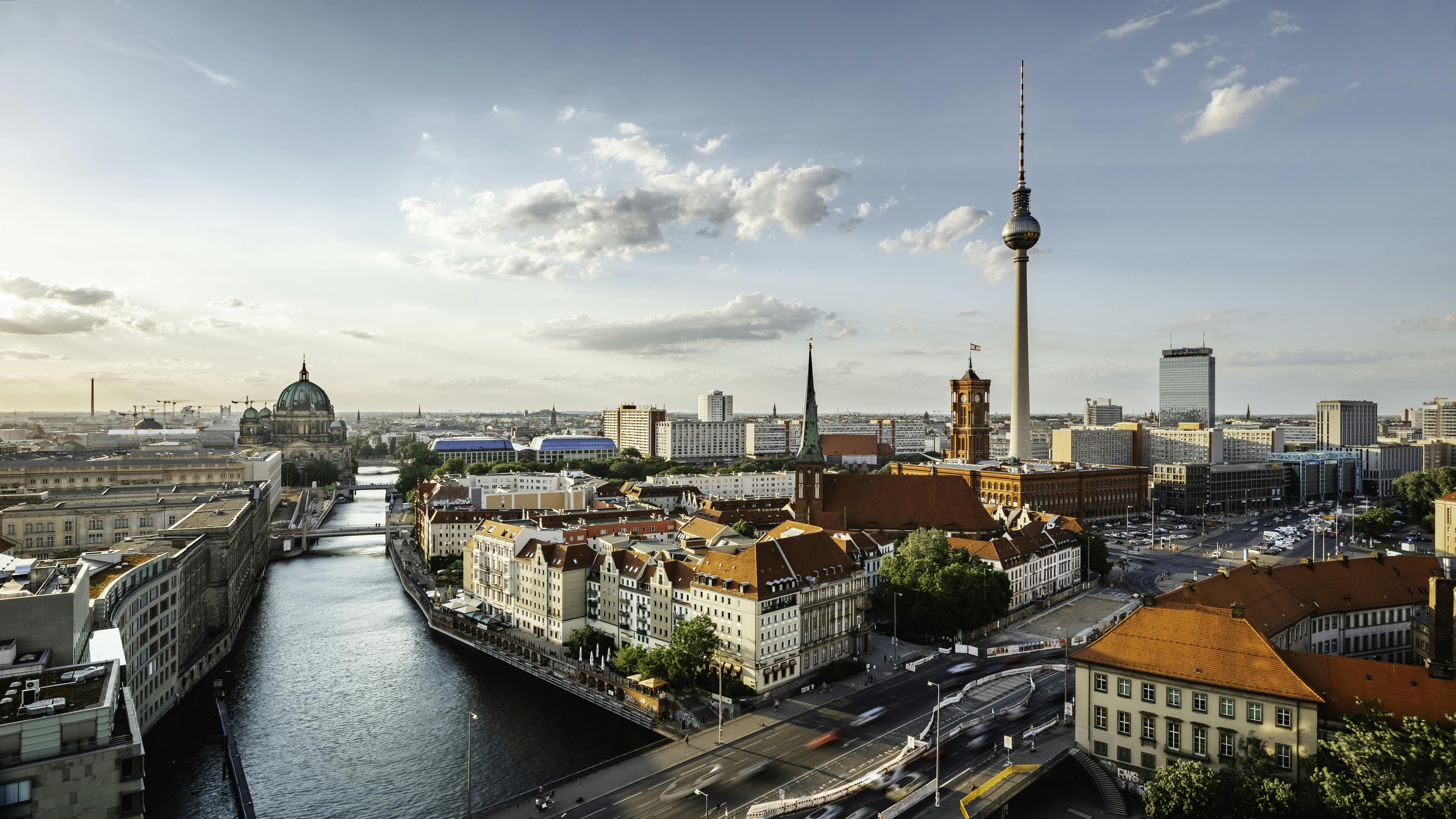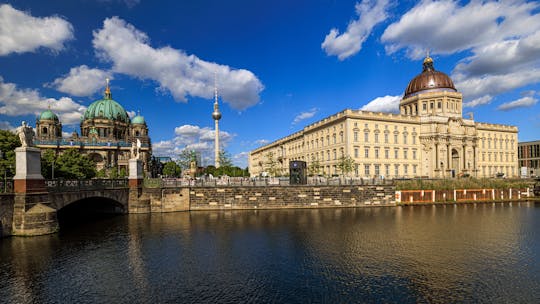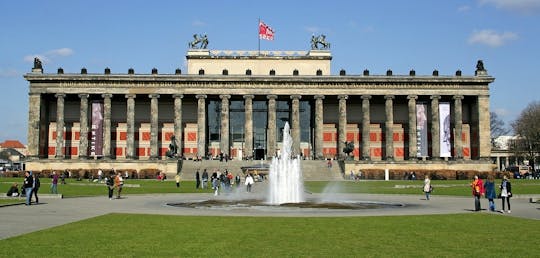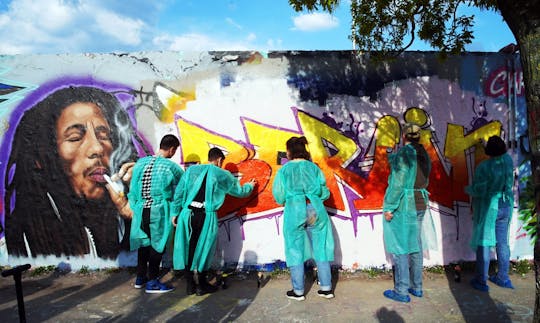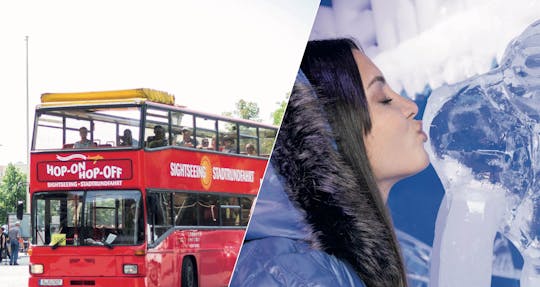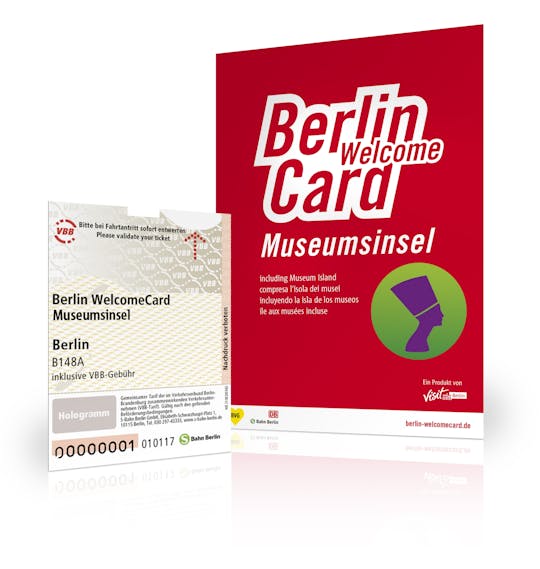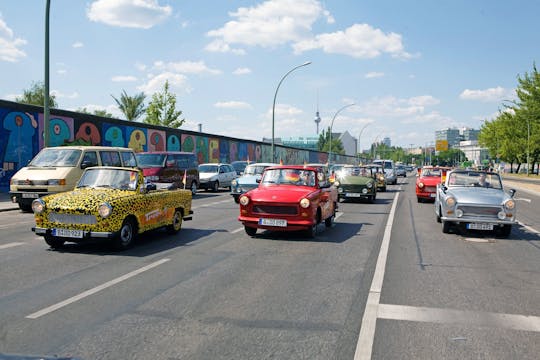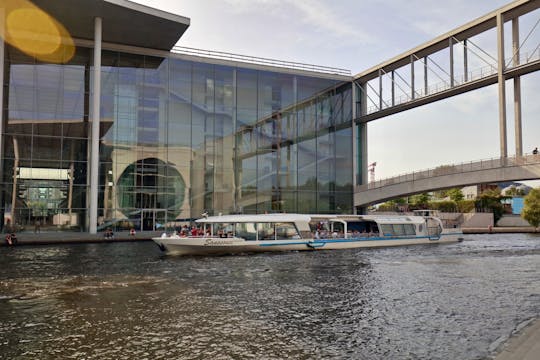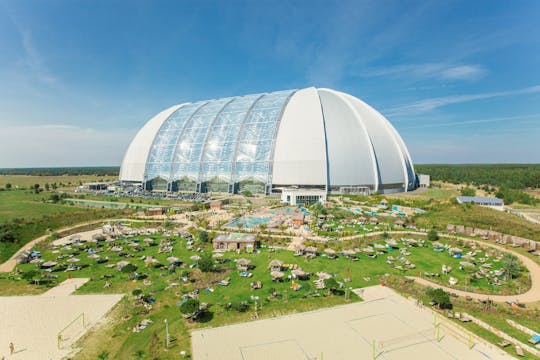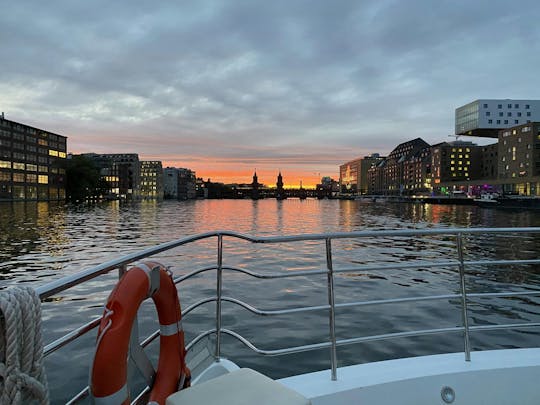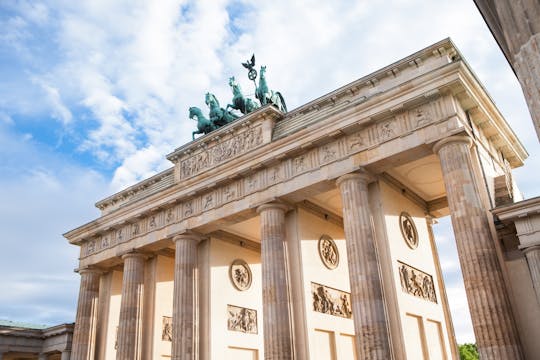Where to go
Germany
Things to do in Berlin
This freewheeling city is as famous for its vibrant art scene and non-stop clubbing as it is for the powerful sense of history that greets you at every turn. Berlin has been the center of the Prussian Kingdom, the German Empire and the headquarter of the Nazis. It’s revolted, been bombed, divided, and reunited. Now it’s a multicultural hub bursting with start-ups, creative spaces and cultural centers. It’s a city that caters to all tastes, from clubbers to culture vultures and history buffs. With so much to offer, we wanted to share our top picks with you. From the artistic treasures of its Museum Island to its infamous Wall and historic Brandenburg Gate, the city is bound to intrigue and inspire you.Top six things to do in Berlin 1. Museum Island On a small island in the Spree River lies this fascinating museum complex listed as a UNESCO World Heritage Site. Made up of five grand state museums, highlights include the awe-inspiring Ishtar Gate from Babylon on display at the Pergamon Museum, and the renowned bust of Queen Nefertiti at the Neues Museum. 2. Berlin Wall Only fragments remain of this once powerful symbol of the Cold War, the most significant being the Berlin Wall History Mile with its informative panels and the boldly decorated East Side Gallery. The latter showcases the work of over 100 artists, who transformed the grim remains into a monument to freedom. 3. Brandenburg Gate This famed landmark has played an essential role in German history. Taking pride of place in Prussian Berlin, it was later a Cold War symbol of division before becoming the emblem of unification and freedom we know today. Marvel at its history as well as its neoclassical design inspired by Athens’ Acropolis. 4. Reichstag This iconic building has seen its fair share of action. It housed the Imperial Diet until 1933, then was set on fire and fell into disuse, before being restored after German reunification to again house the German parliament. Don’t forget to head to its glossy glass dome for enchanting 360-degree city views. 5. DDR Museum Learn about daily life under the oppressive DDR in this absorbing interactive museum. Not only will you visit a recreated kitchen and a claustrophobic interrogation room, but you’ll also get to go for a virtual spin in a Trabi, the standard car for East Germans often referred to as the ‘worst car ever built’. 6. Boat trip on the SpreeMeandering through the heart of Berlin, the Spree River is one of the city’s most underrated attractions. A riverboat trip offers you an alternative view of some of the capital’s top sights such as the Reichstag, Berlin Cathedral, Museum Island, and even the Fernsehturm TV tower and Neue Synagogue.Planning your Berlin visit When to go? For many, the ideal time to visit Berlin is from May to June and September to October. The weather is pleasantly mild, and you can enjoy sitting in buzzing outdoor cafes and beer gardens, strolling through its many parks, and even going for a breezy bike ride. While this is also possible in July and August, they’re also the busiest months and the wettest (so come prepared with wet gear). For the unaccustomed winter in Berlin can seem uninviting, with grey days and temperatures hovering close to freezing. That said, it can be a good time to find a deal on airfares and hotel rates. How many days should you spend? At a stretch, you might be able to cram the city’s best into one day, but we wouldn’t advise it unless you’re particularly short of time. Three days at a leisurely pace will most likely allow you to scratch the city’s surface, but five days or more will give you a better chance of really getting to know the city. Not only will you be able to see the sights, but you’ll also get to indulge in more local experiences, like a bike ride along the River Spree or a club night in Kreuzberg. How to get there? Berlin Brandenburg opened in October 2020 and is now the city's only airport. The Tegel Airport has permanently closed while the Schönefeld Airport was incorporated into the Brandenburg airport. The easiest way to get from the airport to the city center is by train. To get to Berlin Central station, it takes around 30-35 minutes and costs €3.60 one way. For the same price, you can also take a bus; it will take you around 20 minutes to get to Rudrow metro station. A cab ride from the airport to the center costs around €50. How to move around the city? Berlin has an extensive public transport system, which makes getting around relatively easy. The U-Bahn (subway) is the fastest and most convenient mode of transport. It runs from 4:30 am to 12:30 am Sunday to Thursday, and 24/7 on Fridays and Saturdays. The S-Bahn (light rail) has the same hours but is less frequent and with fewer stops; it’s best used for covering longer distances. Buses tend to be slower and less reliable but also cheaper. They have similar hours to the trains but with the advantage of half-hourly night buses after 12:30 am. Trams are also available but only in the eastern districts. Berlin is also well set up for cycling with many bike lanes and rental shops. Where to shop? The most famous of the city’s shopping streets is without a doubt the Kurfürstendamm (aka ‘Ku’damm’ to locals). Often referred to as the Champs-Élysées of Berlin, this sleek boulevard is packed with high-fashion brands such as Armani, Chanel, and Yves Saint Laurent. Those looking for hip independent boutiques instead should head to Hackescher Markt, an area that brims with old-school Berlin charm. Don’t forget to stop at Hackesche Höfe to admire its Art Nouveau-style courtyards filled with chic shops offering everything from food to fashion. Berlin also loves its many street markets where you’ll discover a treasure trove of pre-loved goods. We recommend the weekend flea markets on Boxhagener Platz and Fehrbelliner Platz.
